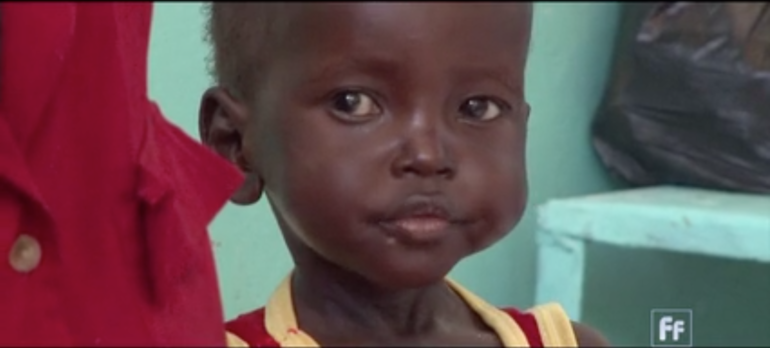Even without a global pandemic, more than 820 million people were going hungry in 2018, according to the United Nations. Now, the United Nations fears the number of people facing food crises across the world will nearly double in 2020 — spiking to 265 million.
One of the biggest misconceptions is the world does not grow enough food for everyone, said Ertharin Cousin, former executive director of the UN World Food Programme.
“Where the food is grown is not necessarily where people are hungry,” Cousin said. Also as much as 40% of food produced is wasted.
Anti-hunger measures must be part of broader anti-poverty measures, Cousin said. China is one example.
“You would often hear me use China as an example of a country that the world said would never feed itself, that it would always depend upon assistance from the global community, because 50 years ago, China was WFP’s largest food recipient,” Cousin said.
“It did take commitment from government to developing the programs, investing in the activities that were necessary to ensure the agricultural system was one that could provide access to food, but also ensuring that people had, who could not afford food, had access to food,” she said.
Hunger has the most detrimental effect on children. Globally, one in four children under the age of five is stunted, too small for their age because of malnutrition.
Roger Thurow is a long-time journalist and author of the book, The First 1,000 Days, which examines the science, economics and politics of malnutrition. Stunted children, for example, have an increased risk of chronic diseases and cognitive challenges.
“A stunted child becomes a stunted adult, so a stunted child anywhere in the world becomes a stunted child for all of us,” Thurow said. “Who knows what that child might have accomplished for all of us were he or she not stunted.? It’s this lost potential.”
Some communities are taking hunger into their own hands. On the tiny island of Vieques, Puerto Rico, a couple of farmers are inspiring the poor to eat well by planting their own food. The farmers at the Conscious Farm grow organic fruit and vegetables for their own consumption and for sale at local markets. Their message: With Puerto Rico on its knees following debt crises and natural disasters, waiting for outside help no longer makes sense.
“We don’t add anything toxic to the plants…[and] the seeds are organic,” said Ana Perez, co-owner of Awareness Farm in Vieques.
She and Jorge Cora are showing by example how local residents can eat nutritious, chemical-free food and gain independence from the U.S. and from multi-national food companies that control what people eat and how much it costs.
 CGTN America
CGTN America

